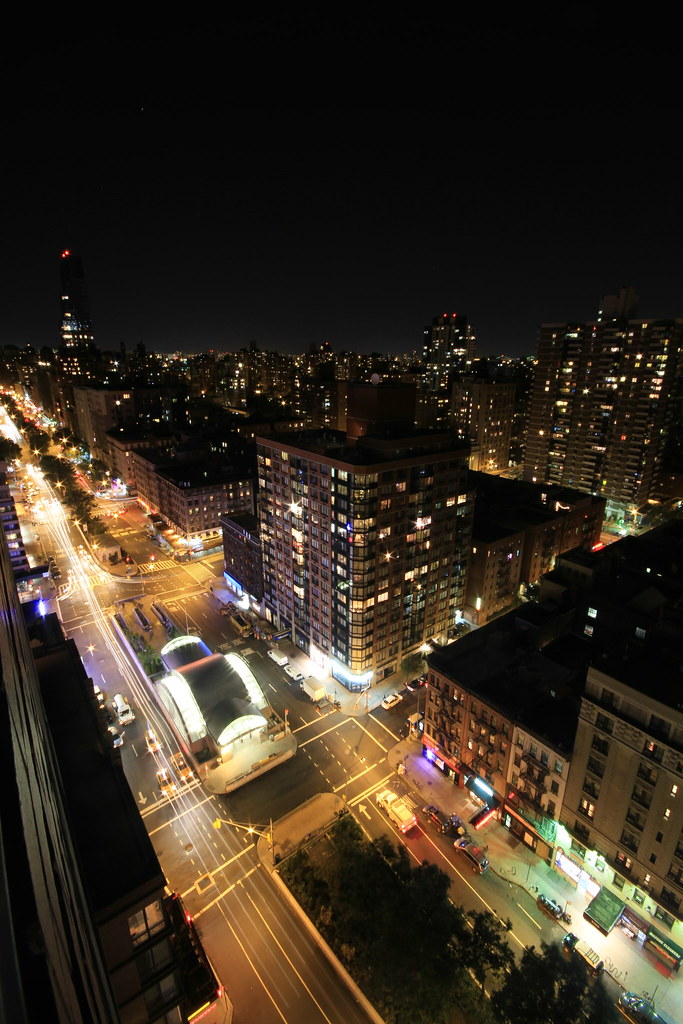In April, the MTA held a ribbon-cutting ceremony for the new stationhouse at 96th St. and Broadway, but at the time, the project wasn’t finished. Transit had to open the new entrances to be able to overhaul the old ones, and much of the exterior work was yet to be completed.
Recently, Drew Dies a photographer who keeps his portfolio at Structures:NYC had the opportunity to snap the new stationhouse from above. Dies’ photo expertly captures the station amidst the movement of Broadway and the light that emanates from it. I love the way it highlights the new and the old along the city’s most famous street. For more, check out Dies’ gallery.




















 (Rockaway Park Shuttle)
(Rockaway Park Shuttle)